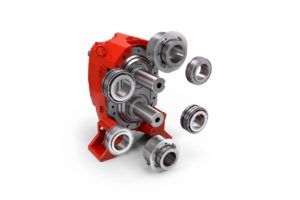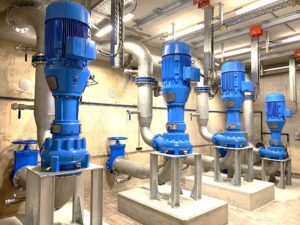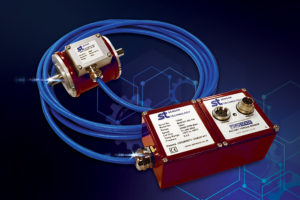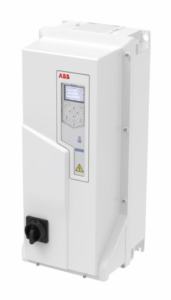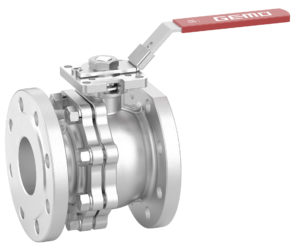New gate valves and swing check valves
Early last October, in supplementation of their current range of medium- and high-pressure gate valves, KSB Armaturen GmbH in Frankenthal launched a new type series of gate valves and swing check valves for the pressure classes PN10 through 40. These new products are intended for application in power stations, large boilers, plant engineering and the general industry.
The forged-body gate valves have movable two-piece wedges that fit precisely into the body seats. Their seating areas and wedges are hard-faced with wear-resistant 17 % chrome steel to ensure functional reliability and a long service life. A non-rotating, burnished-shaft stem reduces the friction level in the pure-graphite gland packing. A back-seat on the stem serves as travel stop and anti-blow out device. At the same time it constitutes a supplementary safety element that relieves the packing. The yoke top is designed to accept a DIN/ISO top flange, so these valves can be retrofitted with actuators without having to dismantle any pressure-retaining components. The threaded bush, mounted between needle bearings, contains no non-ferrous heavy metas and reduces the amount of force required for actuation.
Both the gate valves and the swing check valves can handle service temperatures up to 450°C, and they are available with flanges or butt weld ends in the 50–250 nominal diameter range. Satisfying the safety requirements of the European Pressure Equipment Directive 97/23/EC, Annex 1, these valves carry the corresponding CE symbol.
Source: KSB SE & Co. KGaA

